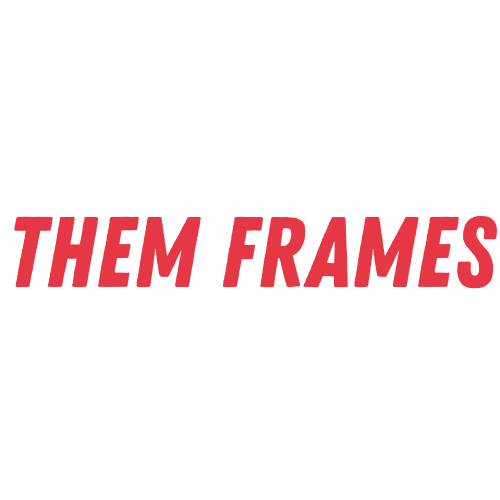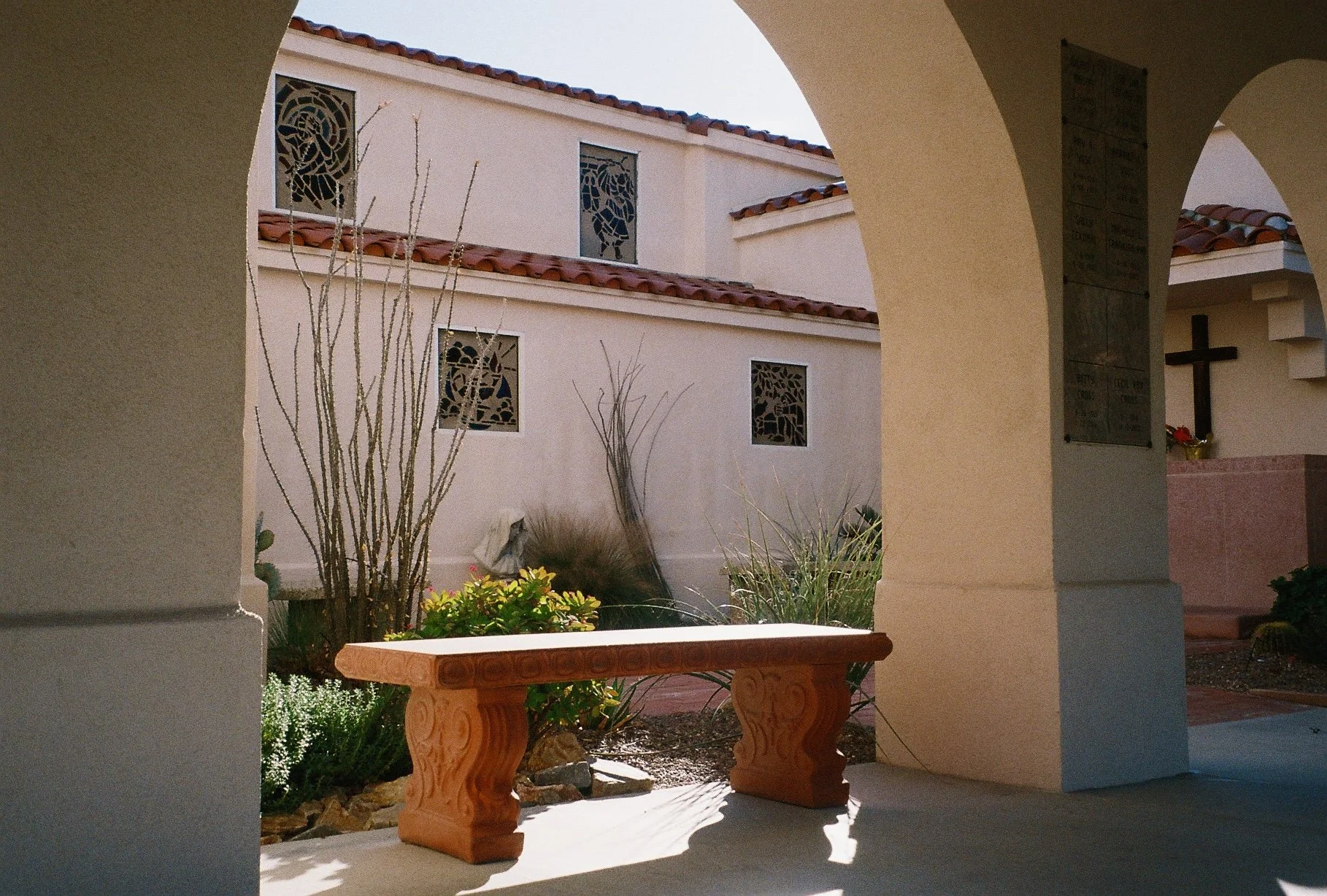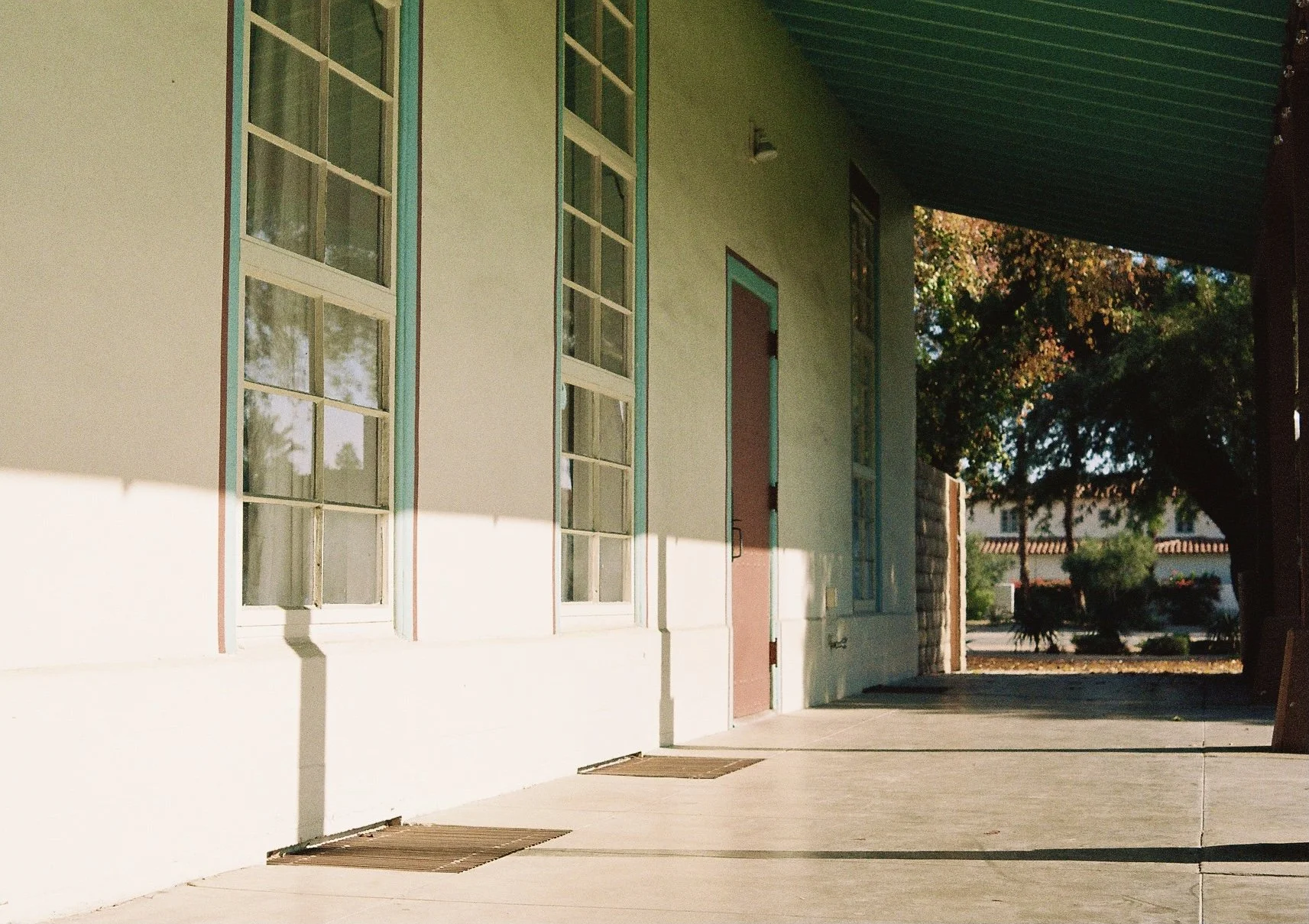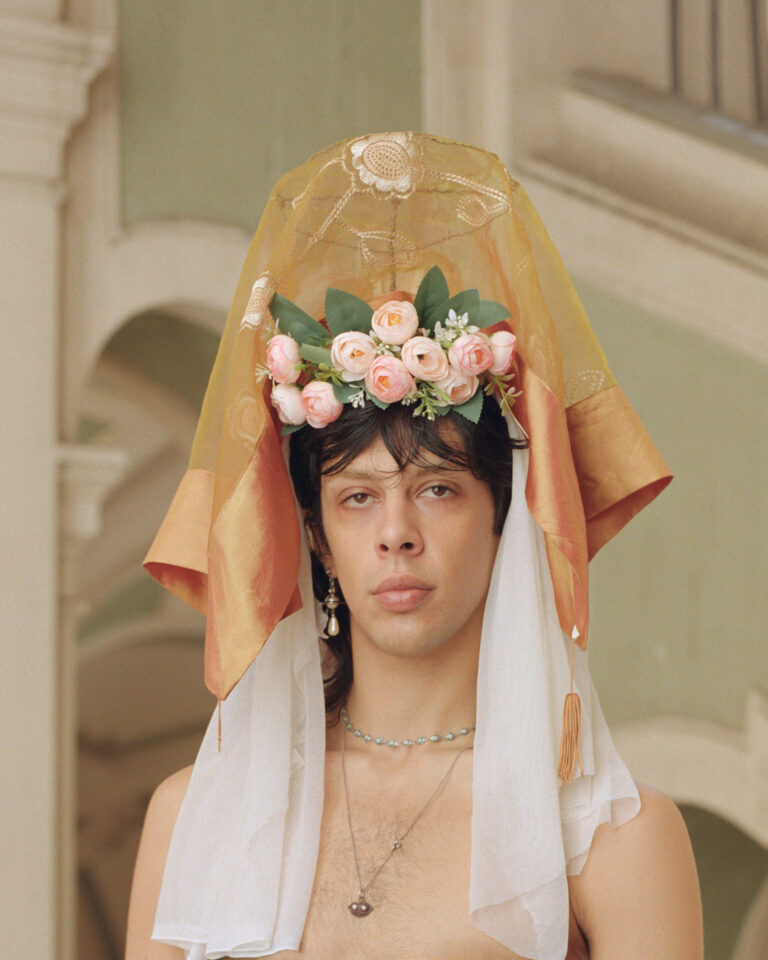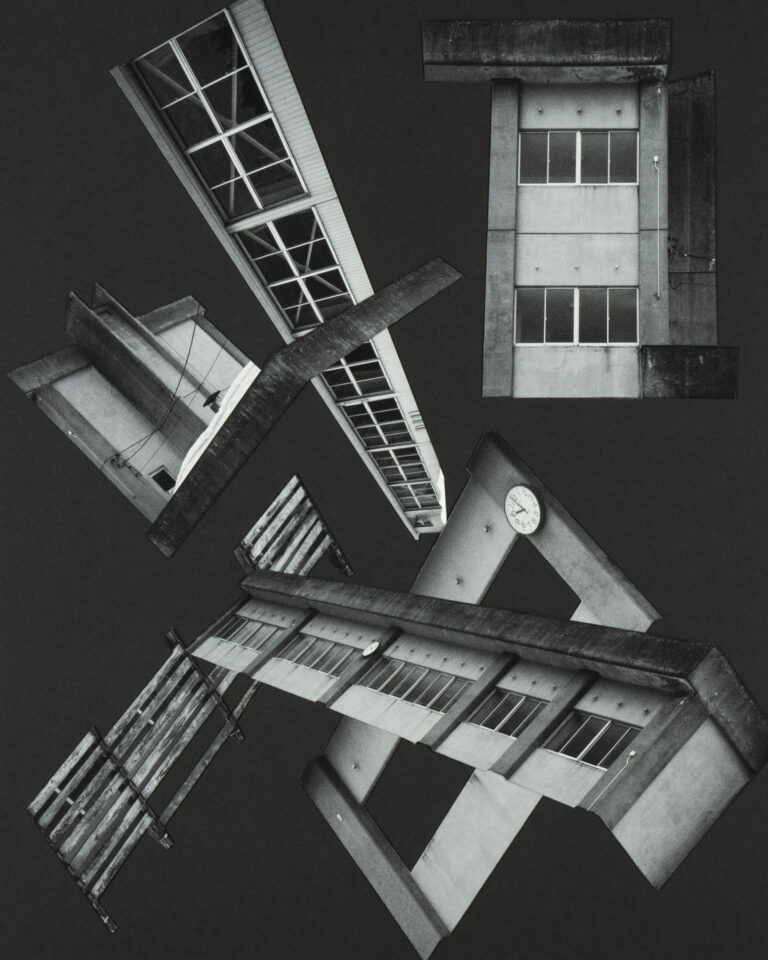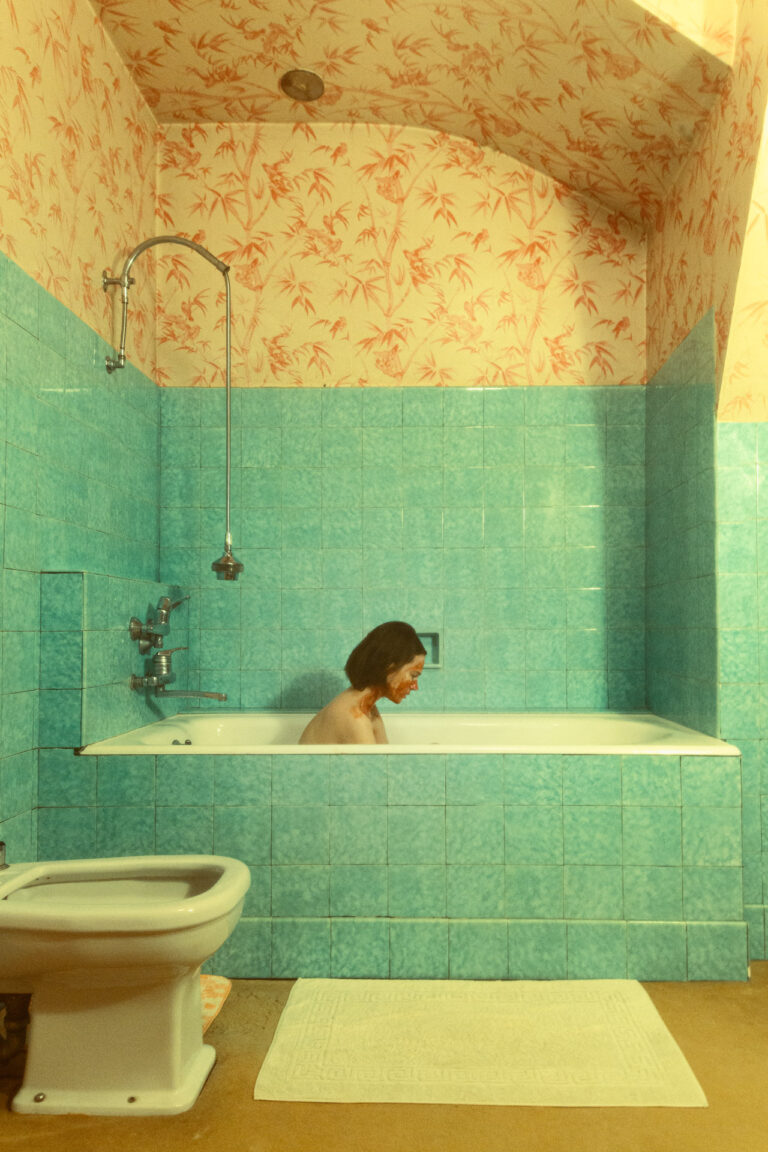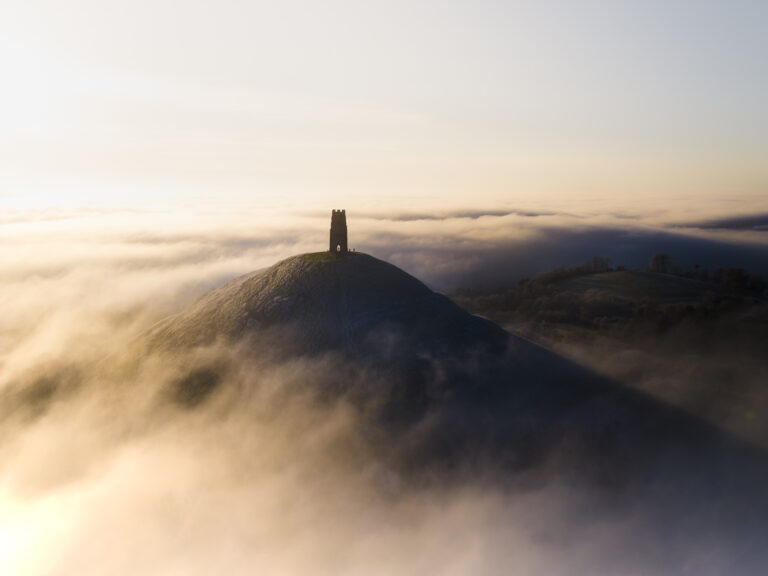When the idea to launch Them Frames first materialized, we discussed what type of content we would feature. We didn’t want it to be about technique, nor did we care for the copy-and-paste culture we commonly see in photography. Instead, we wanted to publish images that taught us about the person that made them; the type of photography that’s full of energy and identity–exactly like the work of Peter Gorman.
Gorman has enigma energy. He doesn’t put his whole life on Instagram and his Twitter profile image is dark and mysterious. It’s a far contrast from many modern-day photographers; those who can’t wait to tell you all about themselves, rather than the photos they make.
In a fitting fashion, his body of work is vibrant and full of energy; there’s no missing them when scrolling through the sea of images online. Unlike Gorman himself, his superb photography is out there for all to see. We love that.
However, here at Them Frames, whenever we fall in love with photographs, we’re determined to know more about the photographer that makes them. Bringing him out of the shadows and allowing him to share the light with his portfolio, we interviewed Gorman to learn more about who he is and why he makes photographs. Here’s what he had to say…
Them Frames: Hey Peter! Please, tell us how the idea for California Colors first came to fruition.
Peter Gorman: I had a photography trip planned to visit Palm Springs in Southern California. Prior to the trip, I did not have the full idea behind California Colors formulated. However, quickly after arriving in Palm Springs the beautiful colors and scenes of the desert were everywhere. Vintage old signs with classic colors, beautiful walls of red flowers, blue skies, green palms all grabbed my attention. After about one roll of film, I loosely put together the photo collection in my mind.
Them Frames: Do you have a spot in mind before you shoot, or do you go on long walks and wait for the scenes to grab your attention? Talk to us about the process of making the images.
Peter Gorman: I would say more often than not, I go out for long walks or drives with my cameras in tow. This way I can approach photography with an open mind and eye. Even the same scene or capture can be so different based on time of day or even weather. This is what fascinates me by just exploring, maybe you come across something at the exact right time. Something I am sure many photographers have felt before me. Occasionally, I will have a location or a feature I want to photograph. But in my opinion, more often than not, this leads to disappointment. You can have this expectation of exactly how you want the film to turn out and sometimes it’s just not what you envisioned. Of course with any creative process that same path of expectation and reality not crossing can lead to the opposite positive effect, producing beautiful work.
Them Frames: You talk about gratitude in your work. What part does photography play in helping you remain grateful in life?
Peter Gorman: I do like to reference gratitude in my photography. Over the last few years, I have developed a meditation practice that has allowed me to be more present in my life. We often become consumed with worrying about the future or dwelling in the past, which leads to being absent. What I love about photography is that your view through the camera captures a scene at that exact present moment. And simply taking that into account can help us be grateful for where we are.
We can go for a walk and often even forget that we are simply seeing, or simply walking. Taking a moment to be grateful for these things can be simple and so powerful. I wanted that feeling to come through in this series with a recognition of colors and shadows, representing the present moment and how it always passes by.
Them Frames: In the world of 35mm, colors change depending on what film roll you use, which in turn can change the impact of a photograph. What roll did you shoot California Colors with and why was it the best choice for the style you wanted to create?
Peter Gorman: For California Colors I used Kodak Colorplus 200. The low ISO was my preferred choice for the bright sunny days in California. I also love how the film captures colors with that vintage look. Palm Springs is a city born in the 1950s and 1960s, and I felt like this film provided a way to display that history.
Them Frames: You shoot with an analog camera. If there was one digital camera that could bring you across, which would it be and why?
Peter Gorman: I am being fully honest when I say that I have no intention to move to digital! I love the analog process and how it forces you to approach the work in a slower fashion. I have very limited knowledge of digital cameras so I wouldn’t even know where to start.
Them Frames: Tell us in your words: why do you practice photography?
Peter Gorman: My own personal human nature drives me to be creative. I have a desire to be occupied more often than not. Ever since I was a kid, I filled my time with drawing or coloring or something creative. Although those habits have died off as I got older, once I purchased my first 35mm film camera it sparked it again. I enjoy having an outlet to just be independent. Maybe I go shoot through a roll in 30 minutes, maybe it takes me 30 days. It’s all up to me in the end and I love how photography fills that need.
Them Frames: Reflecting on California Colors, what thoughts and feelings does this collection give you?
Peter Gorman: The California Colors collection is a body of work I can always be proud of. It brings up a warm feeling for me. Aimlessly walking through the desert with my girlfriend by my side, feeling the hot sun as we enjoy days without any plans. We can’t live every day like that, so it’s nice to have a photography series built around it.
Them Frames: A lot of your work is from the western part of the United States, what does it offer you in terms of imagery and how does it compare to your home base of Minneapolis?
Peter Gorman: I have always had a preference for the western United States. Ever since my first visits to Denver, or San Diego, or Seattle, or Salt Lake City it’s held a special place for me. It’s so different from the Midwest in what it provides. I love to downhill ski in the winter and hike in the summer. Although you can access those things in or near Minnesota, it’s not on the same level as the west. The imagery is stunning, from mountains to dense forests, to deserts and beaches, there isn’t anything more you could want.
Them Frames: You write that you’ve been behind a lens since 2018. Please tell us what your first five years as a photographer has been like for you.
Peter Gorman: The first five years for me have been a learning experience. There are ups and downs. Some days you can feel so motivated to get out and take photographs and other days it just isn’t there or things aren’t turning out. I’ve learned to just accept those feelings as they come and not force them. As much as I would love to make photography my full-time job, I have to be realistic and continue to work towards that. It’s not something that happens overnight. You have to be willing to put in the extra effort to learn new techniques and accept failure when it comes.
Them Frames: And finally, what do you hope the next five years will look like?
Peter Gorman: I want the next five years to include more exhibitions of my work in real life. This past month, I had several photographs on display at my local rock climbing gym. It was the first time I ever put my work up in public (other than NFT photography) and it was a great feeling. I want to find galleries or festivals in the future where I can proudly show my work to more people. I also would like to continue building out more collections of photographs, I love the process of creating a collection. Having it all come together, in the end, is such a nice feeling.
You can enjoy more work from Peter Gorman by visiting his website and Twitter.
